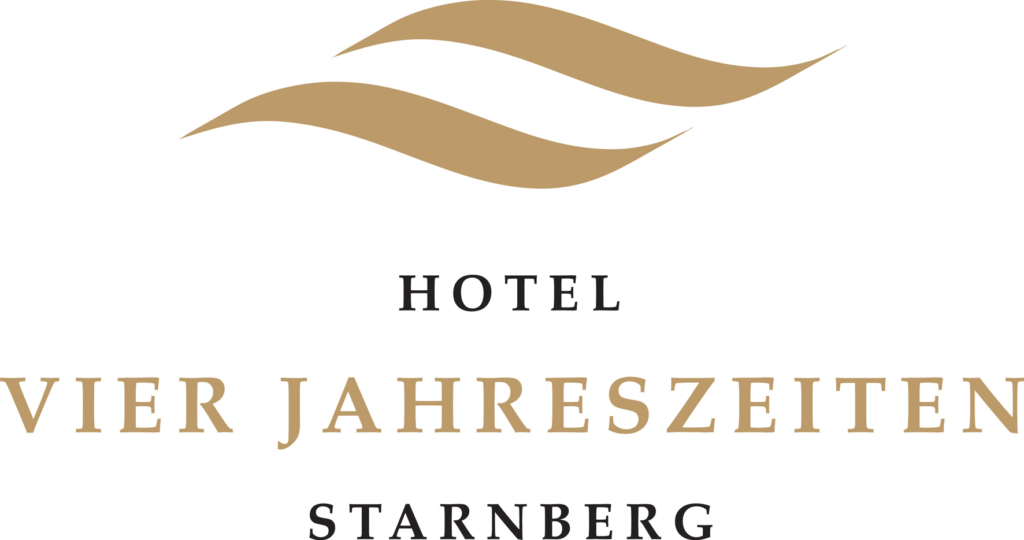Hotel industry statistics are numerical data points that provide insights into various aspects of the hotel industry, such as the number of hotels, the occupancy rates, average daily rates (ADR), revenue per available room (RevPAR), and other performance metrics. These statistics are used by hotel owners, operators, investors, and industry analysts to evaluate market trends, identify growth opportunities, and make informed decisions about their businesses.
Some common hotel industry statistics include:
- Number of hotels: This statistic represents the total number of hotels in a given market or region.
- Occupancy rate: This is the percentage of available hotel rooms that are occupied over a specified period.
- Average daily rate (ADR): This metric represents the average price paid for a hotel room over a given period.
- Revenue per available room (RevPAR): This is a key performance indicator that represents the total revenue generated by a hotel divided by the number of available rooms.
- Average length of stay: This statistic represents the average number of nights that guests stay in a hotel.
- Market share: This metric represents a hotel’s share of the total room revenue in a given market.
- Revenue by segment:This statistic breaks down a hotel’s revenue by different customer segments, such as leisure, business, group, and others.
These statistics can be used to analyze trends and performance metrics across different segments and regions of the hotel industry, as well as to benchmark individual hotels against industry standards and competitors.
What is the importance of statistics in hotel industry?
Statistics play an essential role in the hotel industry, as they provide valuable insights into market trends, customer behavior, and business performance. Here are some of the key reasons why statistics are important in the hotel industry:
- Market analysis: Statistics enable hotel owners and operators to analyze market trends, such as changes in demand, supply, and pricing, and make informed decisions about their business strategies.
- Performance measurement: Statistics such as occupancy rates, ADR, and RevPAR allow hotels to measure their performance against industry benchmarks and identify areas for improvement.
- Customer insights: By analyzing statistics on guest demographics, behavior, and preferences, hotels can tailor their services and offerings to better meet the needs of their customers.
- Revenue management: Statistics are essential for revenue management strategies, as they provide valuable information on demand patterns, booking lead times, and price sensitivity, allowing hotels to optimize pricing and inventory strategies.
- Competitive analysis: Statistics enable hotels to compare their performance against competitors and identify opportunities for differentiation and improvement.
In summary, statistics is a critical tool for hotel owners, operators, and investors to understand market trends, measure performance, and make informed decisions about their business strategies. By leveraging statistical insights, hotels can improve their competitiveness, enhance customer satisfaction, and drive profitability.
What are the key indicators that showcase the success or decline of a hotel?
There are several key indicators that can showcase the success or decline of a hotel. These indicators are essential for measuring performance and identifying areas for improvement. Here are some of the most important indicators:
- Occupancy rate: This metric measures the percentage of available rooms that are occupied over a given period. A high occupancy rate typically indicates a successful hotel, while a low occupancy rate suggests that the hotel is struggling to attract guests.
- Average daily rate (ADR): This metric represents the average price paid for a hotel room over a given period. A higher ADR typically indicates a successful hotel, while a lower ADR suggests that the hotel may be facing pricing pressures.
- Revenue per available room (RevPAR): This is a key performance indicator that represents the total revenue generated by a hotel divided by the number of available rooms. A higher RevPAR typically indicates a successful hotel, while a lower RevPAR suggests that the hotel is not generating enough revenue from its available rooms.
- Gross operating profit per available room (GOPPAR): This metric measures a hotel’s profitability by calculating the gross operating profit per available room. A higher GOPPAR typically indicates a successful hotel, while a lower GOPPAR suggests that the hotel is struggling to generate profits.
- Customer satisfaction scores: Customer satisfaction scores are a critical indicator of a hotel’s success. High satisfaction scores typically indicate that the hotel is meeting or exceeding guest expectations, while low satisfaction scores suggest that the hotel may be falling short in areas such as service, amenities, or cleanliness.
- Online reputation: Online reviews and ratings on platforms such as TripAdvisor and Yelp can provide valuable insights into a hotel’s reputation and customer satisfaction levels. A high rating and positive reviews typically indicate a successful hotel, while a low rating and negative reviews suggest that the hotel may be struggling to meet guest expectations.
In summary, a hotel’s success can be measured by a combination of occupancy rate, ADR, RevPAR, GOPPAR, customer satisfaction scores, and online reputation. By monitoring these indicators, hotel owners and operators can identify areas for improvement and take action to enhance performance and profitability.
 Deutsch
Deutsch Português
Português Italiano
Italiano Espanol
Espanol čeština
čeština ไทย
ไทย Français
Français



